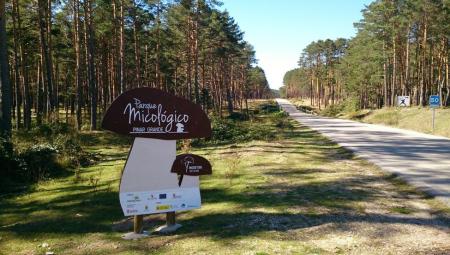
Objective:
The purpose of the study was to develop empirical models for predicting the fresh weight yield of the target species Boletus edulis, one of the most appreciated fungal species worldwide. The objective of the models is to identify the influential factors that drive the sporocarp emergence. The modeling process was applied to the “Pinar Grande” area (Soria province, Spain), where we analyzed fifteen years of mushroom data continuously recorded in eighteen permanent plots.
Context:
The presence of fungal sporocarps is influenced by different factors. Among them, the meteorology is clearly the main driver of the fungal fruiting, but other factors such as topographic conditions or forest stand structure, which can be modified through silvicultural interventions, are also relevant. The use of modelling techniques based on mushroom data can help in the identification of the relevant factors for predicting mushroom yields and thus, provide mycosilvicultural guidelines to forest managers.
Contacts:
Fernando Martínez Peña, fmartinezpe@cita-aragon.es, www.eumi.eu
Sergio de-Miguel, sergio.demiguel@udl.cat, www.udl.cat
José Antonio Bonet, jantonio.bonet@udl.cat, www.udl.cat
Juan Martínez de Aragón, mtzda@ctfc.es, www.ctfc.cat
Further information:
MARTÍNEZ-PEÑA, F.; DE MIGUEL, S.; PUKKALA, T.; BONET, J.A.; ORTEGA-MARTÍNEZ, P.; ALDEA, J.; MARTÍNEZ DE ARAGÓN, J. 2012. “Yield models for ectomycorrhizal mushrooms in Pinus sylvestris forests with special focus on Boletus edulis and Lactarius group deliciosus”. Forest, Ecology and Management, 282: 63-69